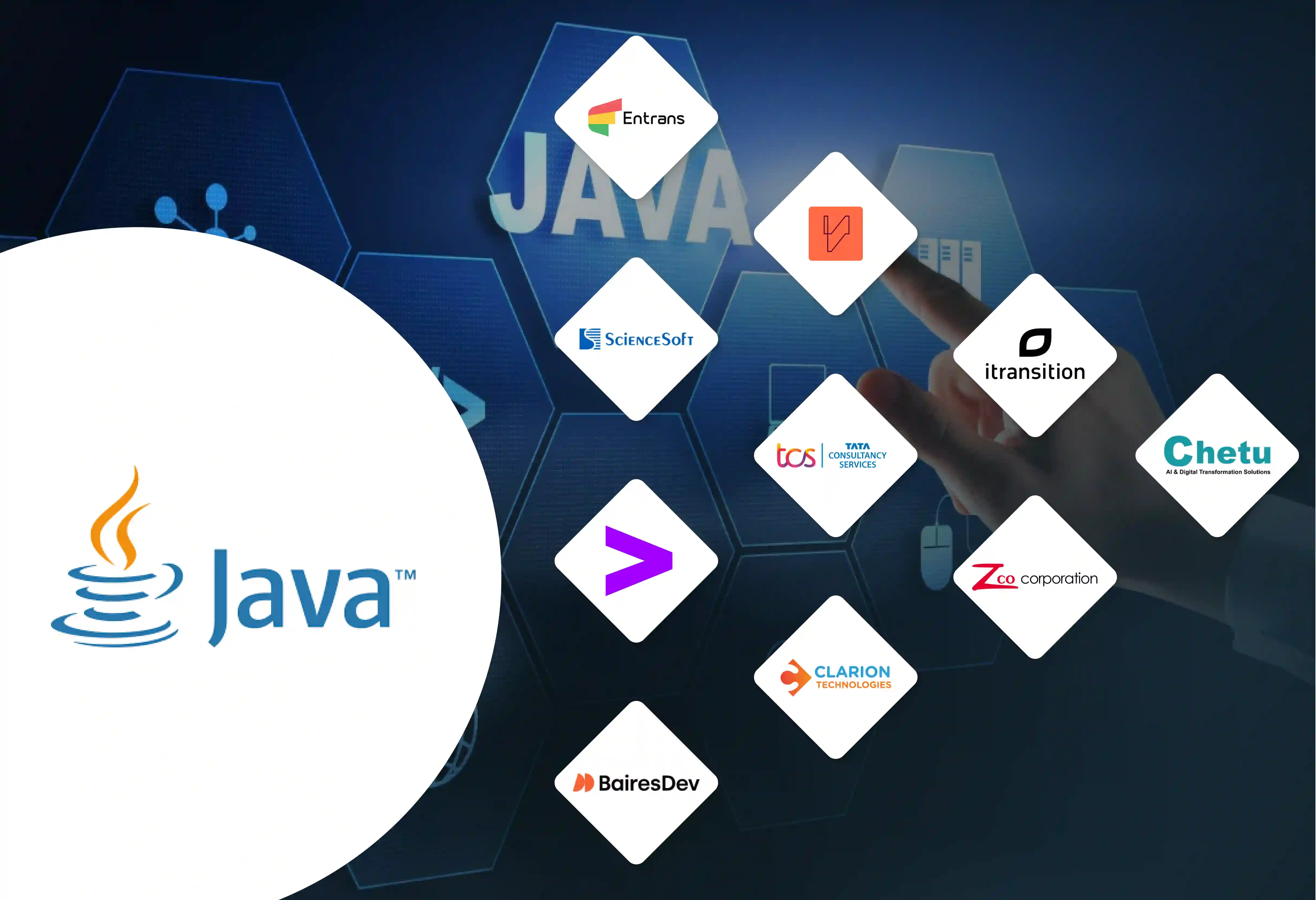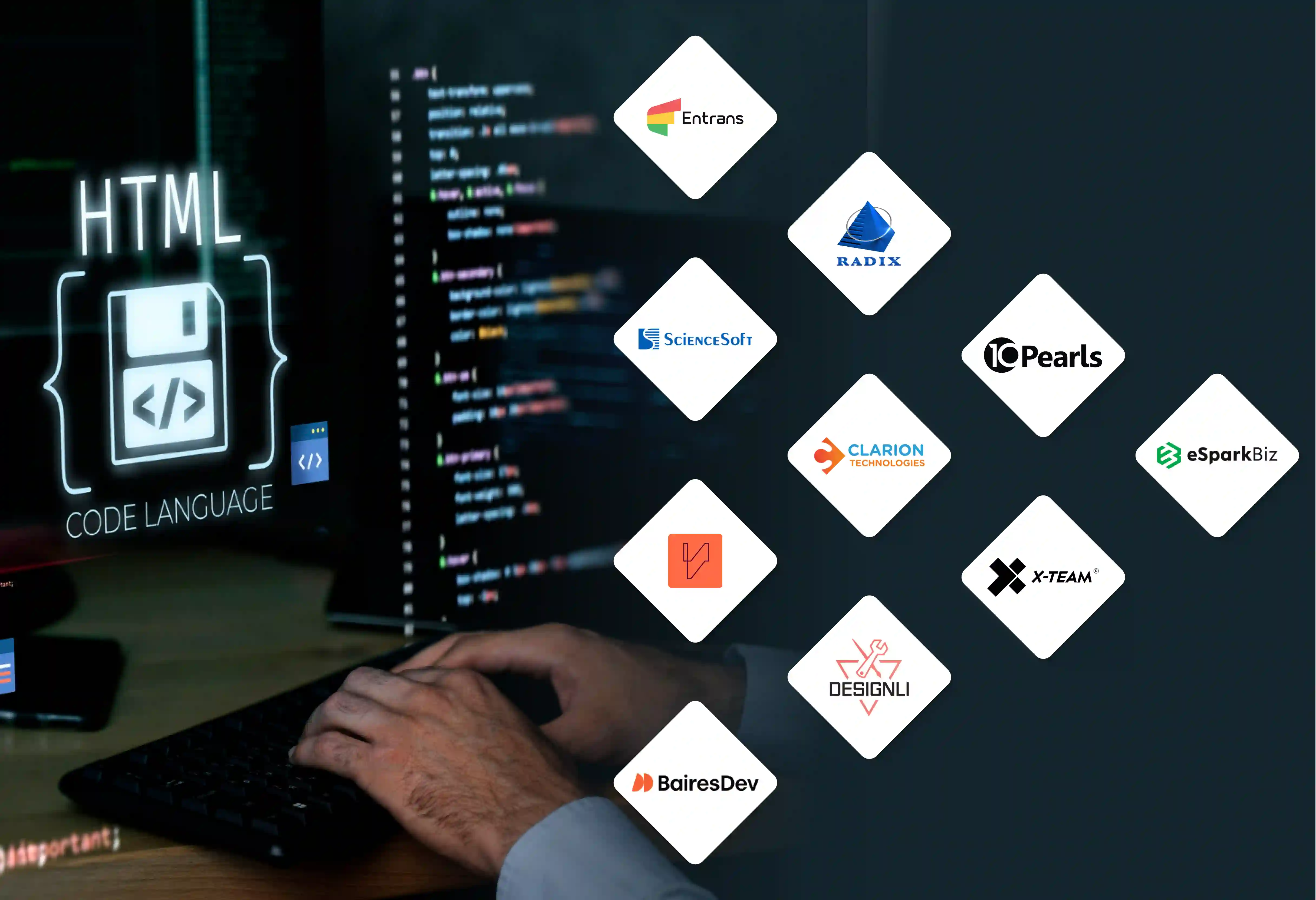


Your AS400 just cost you another deal. While you were navigating integration constraints with a prospect, your competitor secured the same opportunity using real time data analytics and seamless mobile access. This plays out daily for technical leaders still tethered to legacy systems.
According to McKinsey, organizations that use cloud financial management (FinOps) effectively can reduce cloud costs by as much as 20 to 30 percent, but the real advantage lies in agility, speed, and competitive positioning in a rapidly changing market
AS400 cannot keep pace with real-time business demands such as predictive analytics, AI integration, and instant data access across cloud and mobile platforms.
Your AS400 served you well in a different era. But holding onto yesterday's solutions while tomorrow's opportunities pass by isn't strategy—it's surrender. Every day you delay migration, competitors gain ground with faster deployment, better integration, and superior customer experiences.
The question isn't whether to migrate your AS400 systems. The question is whether you'll lead the transition or be forced into it by market pressures.
Ready to transform your legacy infrastructure into a competitive advantage? Entrans specializes in seamless migrations that minimize disruption while maximizing business value. Our proven methodology has helped enterprises achieve up to 40% cost reduction and 1000% scalability improvements.
Contact Entrans today for a free migration assessment and discover how your systems can evolve without disrupting what works. Your future customers are waiting for the experiences only modern cloud infrastructure can deliver.
Lorem ipsum dolor sit amet, consectetur adipiscing elit, sed do eiusmod tempor incididunt ut labore et dolore magna aliqua. Ut enim ad minim veniam, quis nostrud exercitation ullamco laboris nisi ut aliquip ex ea commodo consequat. Duis aute irure dolor in reprehenderit in voluptate velit esse cillum dolore eu fugiat nulla pariatur.
Block quote
Ordered list
Unordered list
Bold text
Emphasis
Superscript
Subscript






